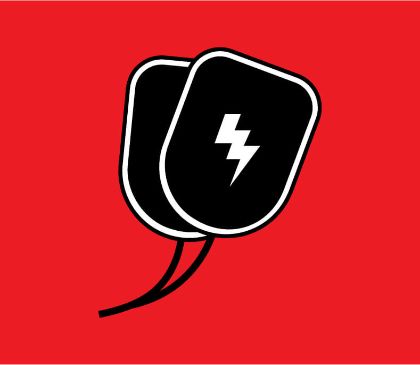What You Need to Know About Out-of-Hospital Cardiac Arrests
- Jan 13, 2020

More than 1,000 people will suffer a non-traumatic out-of-hospital cardiac arrest (OHCA) every day, says a 2014 report by the American Heart Association.
Among those who experience OHCA, the overall survival rate is approximately 10 percent. For younger victims, the survival rate decreases to about 5 percent.
For some, odds can increase with automated external defibrillation. According to the report, 23 percent of EMS-treated OHCA cases have initial rhythm of ventricular fibrillation or ventricular tachycardia. This means treatment with an AED could improve chances of survival.
Learn more about OHCAs below:
Out-of-hospital cardiac arrest in adults
- Approximately 424,000 people experience a non-traumatic OHCA every year
- Of those victims, 60 percent are treated by EMS
- Having a family history of cardiac arrest or prior heart disease is a major risk factor for cardiac arrest
- There’s a higher percentage (10.2 percent) of survival among those who received chest compressions alone rather than chest compressions and rescue breathing (8.5 percent)
Out of hospital cardiac arrest in youth
- Nearly 9,500 children under the age of 18 suffer a non-traumatic OHCA
- Following an EMS-treated non-traumatic OHCA, only about an estimated 5.4 percent of youth survive to hospital discharge
- Almost 7,000 fatalities occur in children each year due to OHCA









 CALL US:
CALL US:
Login and Registration Form